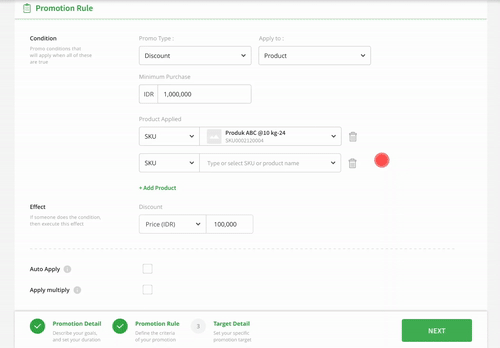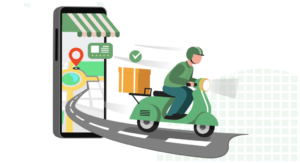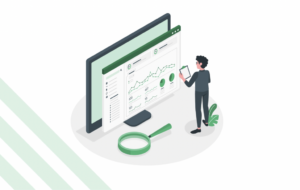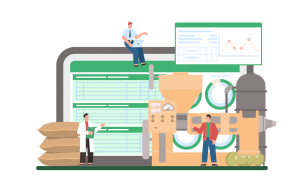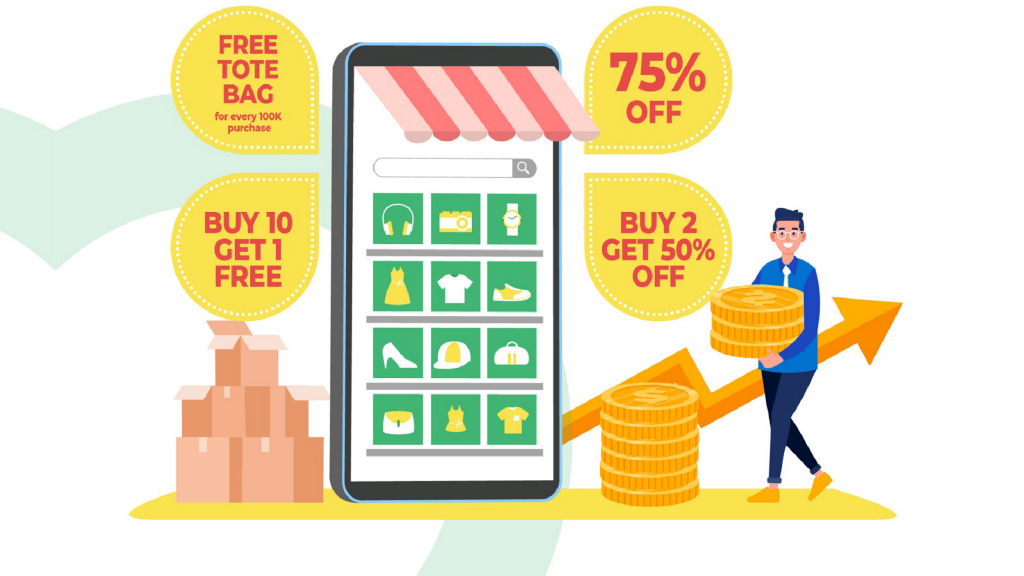
Strategy to Increase Sales to Stores with Promotion Programs
Table of Contents
Promotion programs are part of marketing to attract customers, drive sales, and sell out goods. If done properly, sales promotions can generate huge profits for the company. However, running the process is not an easy thing.
Examples of promotional programs for stores:
- Price discount
- Discount if you buy a certain quantity
- Special gifts for every purchase
- Buy 10 get 1 free
Constraints in Creating and Managing Promotion Programs:
- Promo information is too slow to reach the store or not reaching the store at all
- Manually matching incoming orders with the promo terms one by one
- Over-budget
- Return on Investment (ROI) from promotional programs is difficult to calculate
- When the promotion has been running, supervisors have difficulty in changing, extending, or accelerating the validity period of a promotion
Therefore, a management system is needed to organize promotions so that salesmen/supervisors can easily combine the terms and conditions of offers with store orders.
Things to Look For Before Creating a Promotion Program:
1. Understand Which Types of Promotions Suit the Brand
Adjust promotional programs with the brand and target market you want to target. Are your customers more interested in discount promotions or gift incentives for every purchase? Companies don’t need to create promotion strategy from scratch, learn from local competitors and best practices from global leaders in your industry.
2. Which Discounts Need To Be Applied To Minimize Slow-Moving Inventory
Product Insights feature is usually used to determine the best-selling products. However, the system can also determine which product is the slowest to move. From this analysis, supervisors can choose which products to apply discounts to encourage sales of these products.
Read more: What is Product Insights? Importance for Principals and Distributors?
3. Program Validity Period
Supervisors must determine the start and end times of a promotion. Will the promotion be ocasional? Like the holiday season? Seasonal? For example, umbrella and raincoat products may sell better if the promo is applied in the rainy season.
4. Budget and Usage Limits
The main purpose of the promotion is to attract customers, however, if the company provides promotions for more than the budget it will cause losses. Therefore, it’s very important to set limits on usage. The budget can be selected from the maximum cut-off expense, or the maximum number of stores the promo can give.
5. Target Demographics
Stores with Specific Sales Performance
Targeted stores can be divided into several types. The first one, for example, is a store whose product sales performance for the snack category is already good, but still not enough for the soft drink category. Sales of soft drinks can be encouraged with promotional programs.
The second example, for a store that focuses on selling certain products, such as a building shop or stationery shop, companies will be more successful in running promotions with products that match the type of store than other products.
Shops in Specific Areas
Each area has different inventory and sales figures, therefore, to get maximum profit, the supervisor must adjust the promotion for each area. Advotics system can allow supervisors to apply promotions to all stores in an area or only to a few stores in an area.
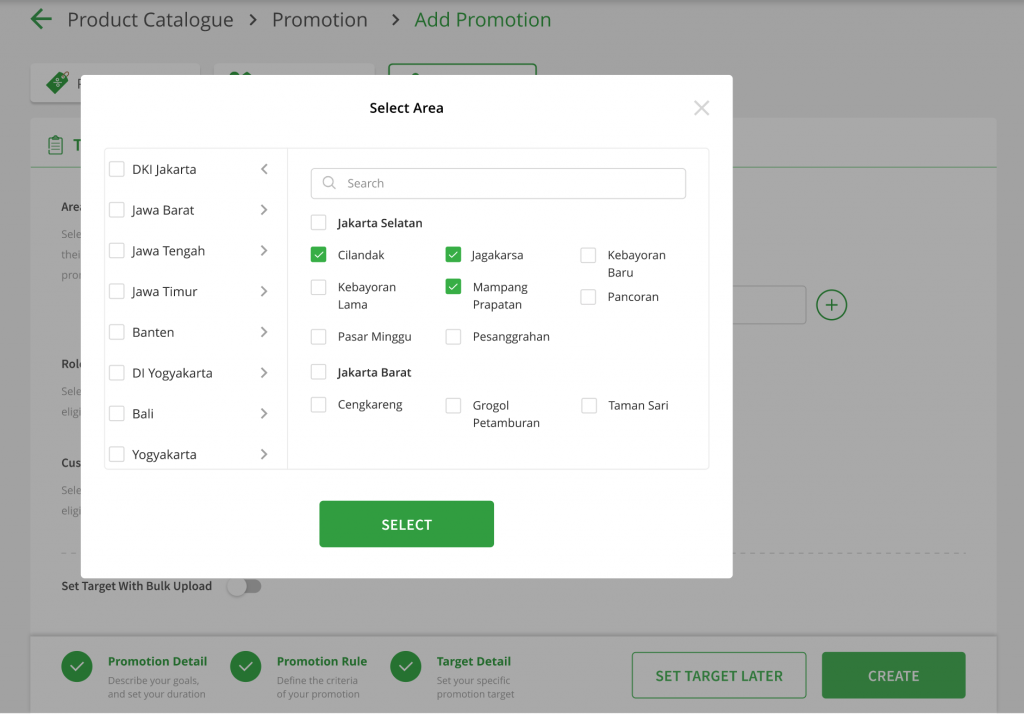
6. Manual Override
When the promotion is already running, sometimes there are other factors that affect the performance of the promotion to not work well. For example, after 4 weeks of running the program, it doesn’t attract customers’ attention. The company can change the type of gift or product that is more attractive. It takes a system that is integrated with all company devices, for supervisors to easily change promotional variables in real-time.
Advotics Promotion System Management
Advotics systems can be used to create promotional programs from principals and distributors to shop owners. Promotion programs can be in the form of discounts or prizes. All promo terms and conditions from minimum purchase, target demographic, maximum budget, tiering discount to promotion analytics can be viewed and managed in one system.
Read more: How Can You Increase The Effectiveness of Your Offline Promotion Program With Data Analytics?
